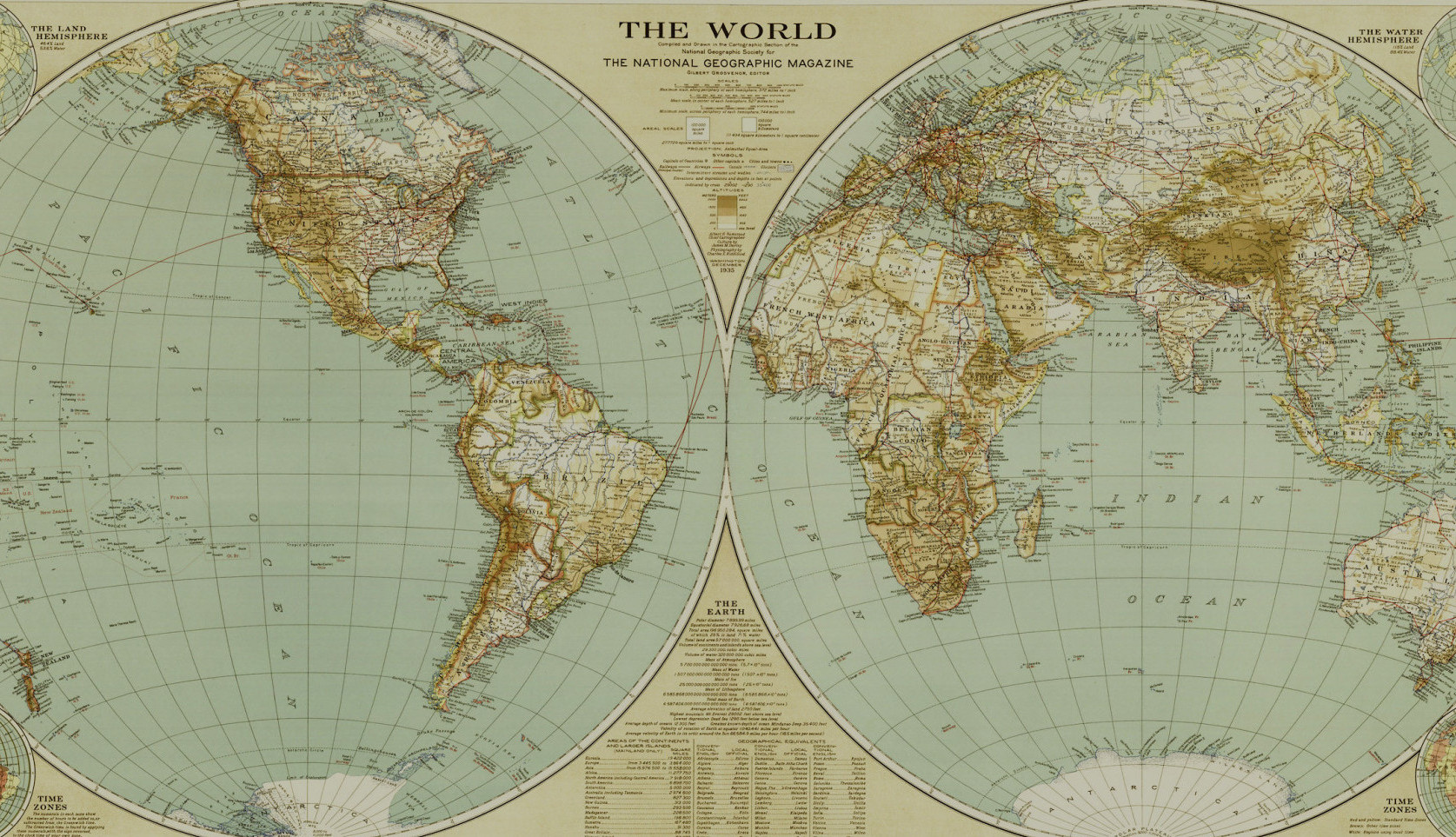Since the early medieval period when monks created beautiful illuminated manuscripts, Ireland has been known as an island of learning. So it shouldn’t be a surprise that many students of archaeology flock to Ireland to have their first experience with fieldwork, this archaeologist included! In 2006 as an untested undergraduate I traveled to the west of Ireland to learn how to dig and I haven’t stopped digging since. As I’m in Ireland for month seven of Global Archaeology I have revisited my field school alma mater as well as two other field schools in the west, all accredited by my other alma mater the National University of Ireland, Galway.
The Achill Archaeological Field School (AAFS), founded by Dr. Theresa McDonald, is celebrating its 25th anniversary this year. It was ten years ago that I spent six weeks on Achill Island as a student, wanting to see if I could hack it in the field. I learned the basics of archaeological fieldwork here: how to excavate, record and survey. This is also where I developed my love for hill walking – as part of the field schools’ curriculum the students go on a weekly fieldtrip that often involves tramping over hillsides to reach sites or monuments. The island which is the largest off Ireland’s west coast, is known for its beautiful landscape and hikes that reward you with amazing views over the Atlantic and the mainland.
The archaeological sites on Achill Island vary from megalithic tombs to the abandoned famine village where the first AAFS students excavated. This year the field school is focused on the continued excavation of a series of houses located at Keem Bay, quite literally at the end of the road. The small stone houses excavated here last season likely date to the 19th century and were byre dwellings: divided into two compartments with the family on one side and livestock on the other. The previous excavations done by the field school have shed light on how 18th and 19th century people lived in Ireland and I’m sure this years’ excavation will add to an already substantial body of knowledge.
Further south can be found one of the newest field schools in the west of Ireland, the Irish Field School of Prehistoric Archaeology (IFPA), established by Dr. Ros O Maolduin and Dr. Carleton Jones. This field school can be found in the heart of the Burren, a striking karstic limestone landscape unlike anywhere else on earth, where the IFPA is investigating a series of wedge tombs. This type of megalithic funerary monument was built over 4000 years ago from the very limestone the tombs stand upon. It is clear that the Copper Age and Early Bronze Age farming society that built these megalithic tombs were highly sophisticated, enough so that they were able to lift and position stone slabs easily weighing a ton!
The tombs being excavated by the IFPA are situated in the densest concentration of wedge tombs in Ireland, Roughan Hill, making this a unique spot in a unique landscape. In order to learn more about the people who built these impressive megaliths the cremated bones recovered during the last and the current season of excavation will undergo osteological analysis. This will involve radiocarbon dating to provide a time of use, as well as DNA analysis and isotope analysis to discover as much as possible about the people who buried in the wedge tombs. The work being done by the IFPA is helping archaeologists interpret the processes and motivations of the tomb builders and by extension to better understand the society they lived in.
The field school I am connected to for month seven of Global Archaeology is the Caherconnell Archaeology Field School (CAFS), directed by Dr. Michelle Comber. Also located in the Burren, the CAFS is excavating the Caherconnell Cashel a possible royal settlement occupied from 10th century to the 15th/16th century AD. The cashel is a drystone (no mortar) enclosure: a high limestone circular wall with an east facing entrance that contained dwellings. Already the excavations in the interior of the cashel have revealed evidence for a series of occupation and building phases that indicate a long period of use. It is an exciting site to dig! Many medieval artefacts have been uncovered like clothes fastening pins of various styles, iron shears and intricately carved bone combs.
It is wonderful to have the opportunity to spend a month in Ireland opening the minds of young students to the excitement of archaeological excavation. Although you can experience four seasons in one day in the west of Ireland, it is very rewarding to uncover the rich history and prehistory of this fertile green country. The field schools that I have highlighted in this post are a few among many others! If you are interested in trying out archaeology in Ireland for yourself a quick Google search will give you plenty of interesting and reputable options to choose from.
Stay tuned for more posts on my time digging in the fascinating Caherconnell Cashel! Slán agus ádh mór – Goodbye and good luck!

